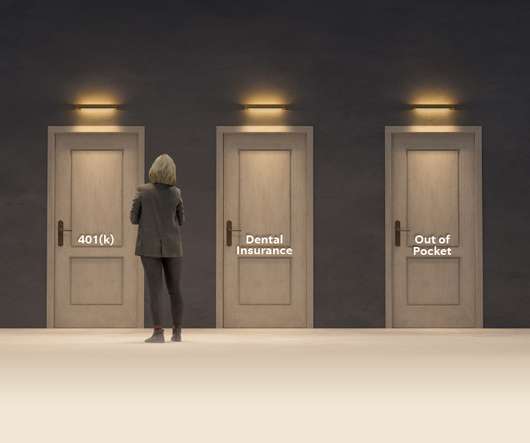What are voluntary benefits?
WEX Inc.
AUGUST 23, 2023
Voluntary benefits give employees the opportunity to further customize their benefits package to meet their personal needs. And they serve as an excellent cost-effective recruitment and retention tool for employers as they look for ways to improve their benefits offerings.
















Let's personalize your content